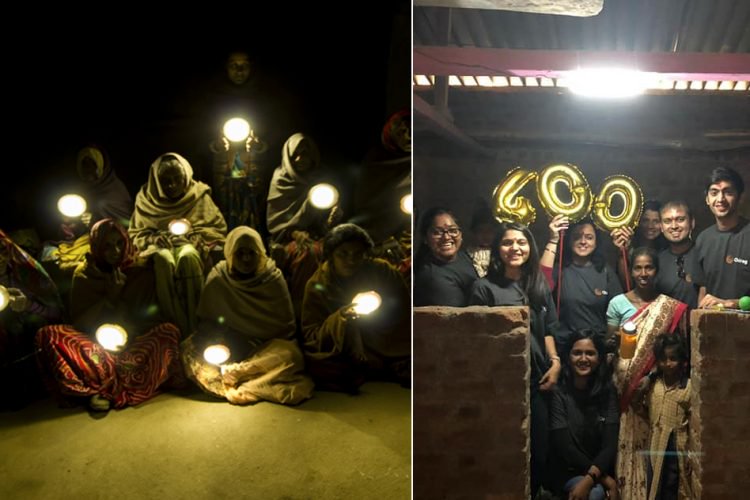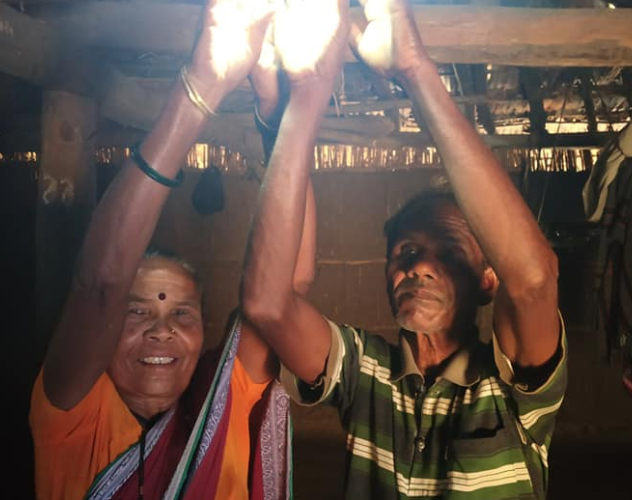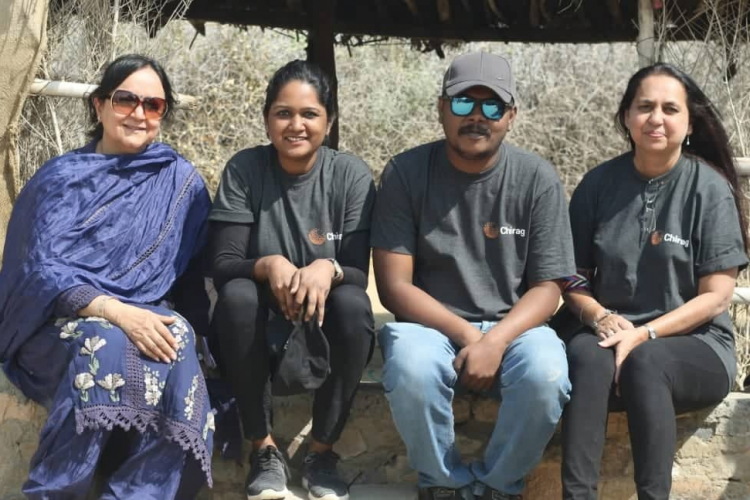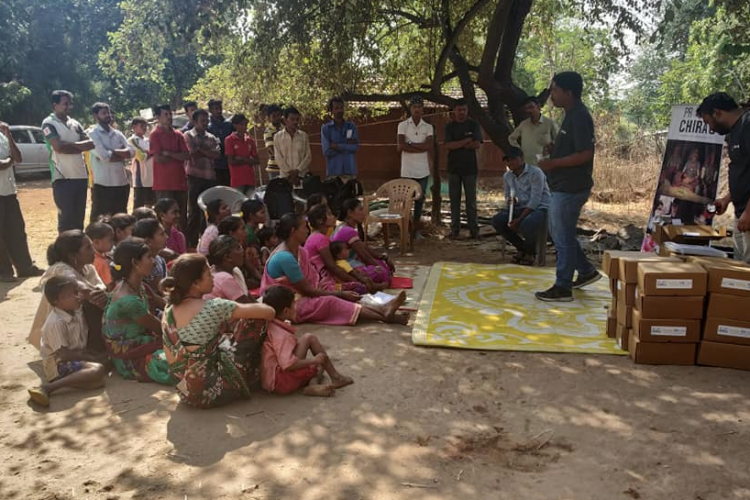India is a country of diversity and stark contrasts. While a part of this large nation has touched new heights of innovation, science and technology, another part lives in darkness, quite literally. While there are a number of developmental projects aimed at electrifying India’s hinterlands, a non-governmental organization, Chirag Rural Development Foundation is making a mark by lighting up hundreds of villages in seven Indian states.
Start of Project Chirag
The woman spearheading the project is 62-year-old professor Pratibha Pai of Mumbai, who started the initiative in 2010 with the help of students at H.R. College of Commerce & Economics, Mumbai. What was initially a way to impart holistic education among undergraduate students of the college, became a passion for her. Pratibha, who has always been interested in social work realised the way it shapes and transforms the human being from within. She said, “I believe that teachers today have no relevance apart from providing these experiences which can bring out the inherent good in people.” She is also indebted to the first batch of students and the then dean of the college, Indu Shahani, for providing her with the support that was needed to lift such a massive project off the ground.
Having left full-time teaching in 2011, she shifted her focus on Project Chirag, which aims to electrify as many Indian villages as they can, and that too sustainably. She said, “It is a 360-degree model that not only brings light, but also impacts lives by addressing issues of education, livelihood, health, and environment.” By harnessing the power of solar power, Pai and her team have dedicated to brighten others’ lives.
Transforming lives through light
In almost nine years, the organisation has electrified 400 villages in 7 states – Maharashtra, Rajasthan, Karnataka, Uttar Pradesh, Uttarakhand, Assam and Meghalaya. Their initiative has helped to light up over 16,000 villages, while around a lakh villagers have been benefitted. She said, “We identify the villages based on their needs for electrification, visit the area and come up with a proposed plan.” The team conducts seminars and orientations with the villagers to help them understand the need for solar energy and why we should forgo kerosene lamps. The organisation employs the help of corporate and private funding to raise money for their massive projects which usually costs lakhs of rupees. However, to help make the villagers realise the importance of ownership, the NGO charges a nominal fee for the solar power equipment. Talking about its sustainability she said, “The solar panels are only required to be wiped when dirty and the battery needs to be changed once every two to three years.” The NGO assesses the economic conditions of a particular area and even educate the villagers on how to save money for the batteries which can cost anywhere between Rs 300 to Rs 500. Pai added, “We have started to waive-off the nominal charges for areas which are extremely poverty stricken.”
Additionally, to sensitise young minds about the conditions in rural India, the NGO takes school and college students to villages, where they work with the organisation to install the panels and carry out the work. Pai said, “We collaborate with different schools in Mumbai to raise money and awareness for different village electrification projects.”
The organisation rightfully brings a different kind of “Diwali” to people’s homes and by 2020, Project Chirag wishes to touch 15,000 more homes in the country, and touch two lakh lives.
Article Credit: Logical India




